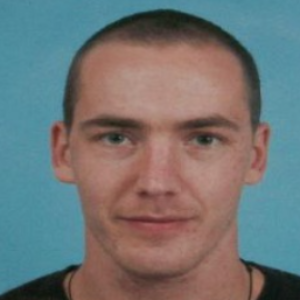Title : Effects of surface Ni and Zn oxo nanoclusters on Tio2 for solar light photocatalysis
Abstract:
Titanium dioxide has been widely used as an antimicrobial agent, UV-filter and catalyst for pollution abatement. Herein, surface modifications with selected transition metals (Me) over colloidal TiO2 nanoparticles and immobilization with a colloidal SiO2 binder as composite films (MeTiO2/SiO2)on a glass carrier were used to enhance solar-light photoactivity. Colloidal TiO2 nanoparticles were modified by loading selected transition metals (Me: Mn, Fe, Co, Ni, Cu, and Zn) in the form of chlorides on their surface. They were present primarily as oxo-nanoclusters and a portion as metal oxides.
The structural characteristics of bare TiO2 were preserved up to an optimal metal loading of 0.5wt%. We have shown in situ that metal-oxo-nanoclusters with a redox potential close to that of O2/O2•– were able to function as co-catalysts on the TiO2 surface which were excited by solar-light irradiation. The materials were tested for photocatalytic activity by two opposite methods; one detecting O2•– (reduction, Rz ink test) while the other detecting •OH (oxidation, terephthalic acid test). It was shown that the enhancement of the solar-light activity of TiO2 by the deposition of transition metal oxo-nanoclusters on the surface depends strongly on the combination of the reduction potential of such species and appropriate band positions of their oxides. The latter prevented excessive self-recombination of the photogenerated charge carriers by the nanoclusters in Ni and Zn modification, which was probably the case in other metal modifications.
Overall, only Ni modification had a positive effect on solar photoactivity in both oxidation and reduction reactions.



